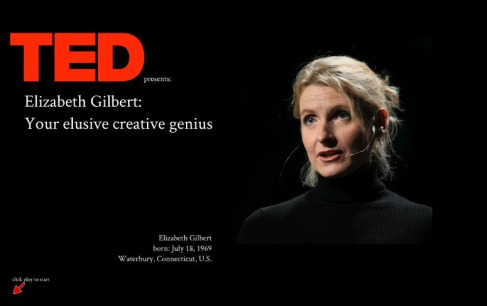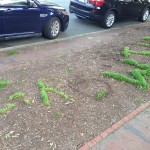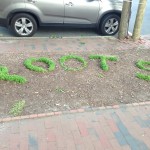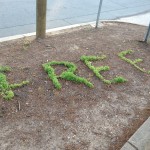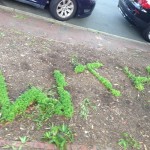There are many flavors that affect a chocolate’s taste including the chocolate’s origin, the percentage of cocoa used, the technique of how it was made, and the flavor inside. One aspect of chocolate that is rarely explored is a chocolate’s shape.
Nendo, a Japanese chocolate company, recently designed a box of chocolates that explores texture. Each piece explores a chocolate’s shape and has such qualities as spiky tips, smooth surfaces, empty interiors, or rough surfaces.
Each chocolate is named after Japanese expressions used to describe texture. The chocolates were designed for Maison et Objet 2015, a furniture show in Paris.
Here are the 9 names and descriptions of the chocolates:
1. “tubu-tubu” Chunks of smaller chocolate drops.
2. “sube-sube” Smooth edges and corners.
3. “zara-zara” Granular like a file.
4. “toge-toge” Sharp pointed tips.
5. “goro-goro” Fourteen connected small cubes.
6. “fuwa-fuwa” Soft and airy with many tiny holes.
7. “poki-poki” A cube frame made of chocolate sticks.
8. “suka-suka” A hollow cube with thin walls.
9. “zaku-zaku” Alternately placed thin chocolate rods forming a cube.
In looking at them – it seems that some of the surfaces and shapes would affect the experience – from feeling bubbly shapes melt on your tongue, to having to bite into spikes.
Texture is said to affect how saltiness and sweetness are perceived, so the 9 chocolates most likely would vary slightly in its taste due to the shape and texture in the mouth. According to TIC Gum’s research area, food and beverage product developers spend very little time examining how texture may impact a finished product, which makes this design project a novel adventure. (and also tasty!)
Images and Links:
http://www.foodnavigator-usa.com

